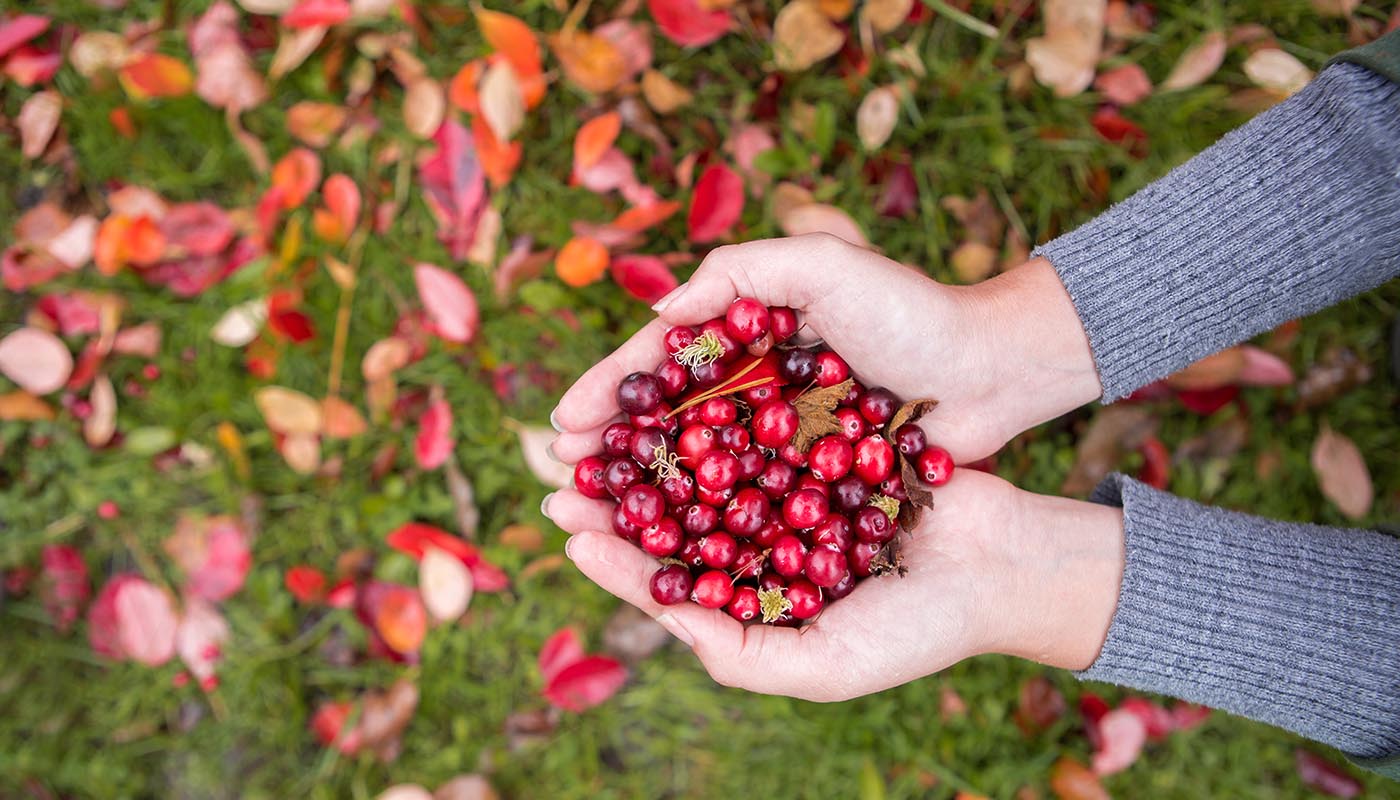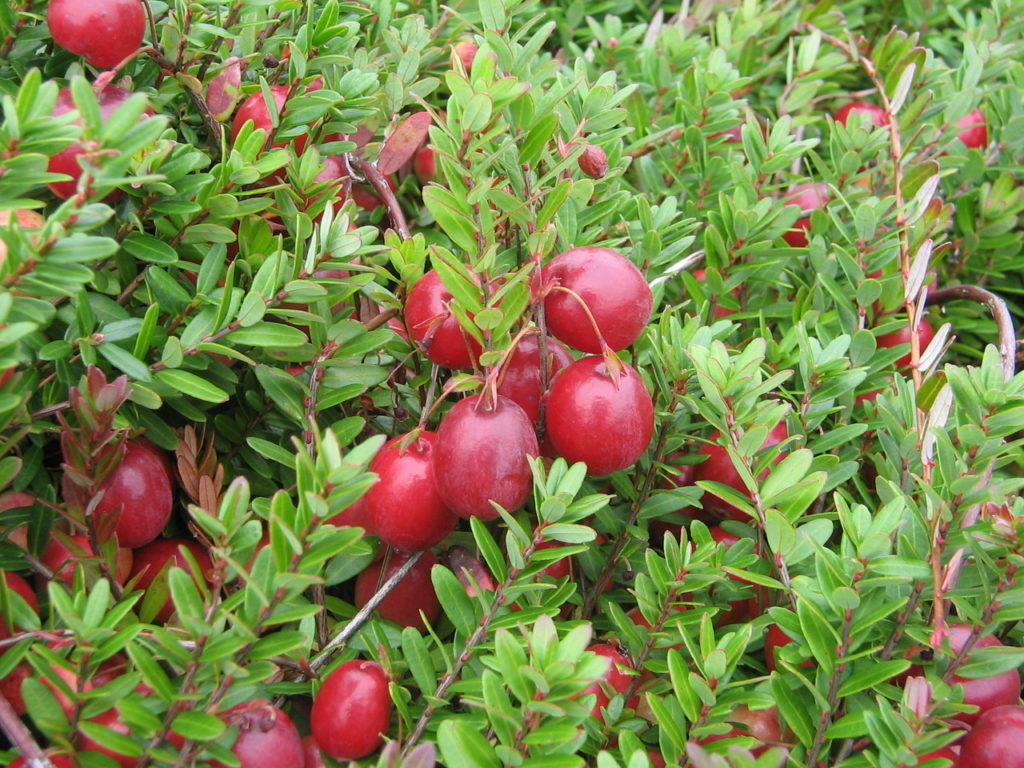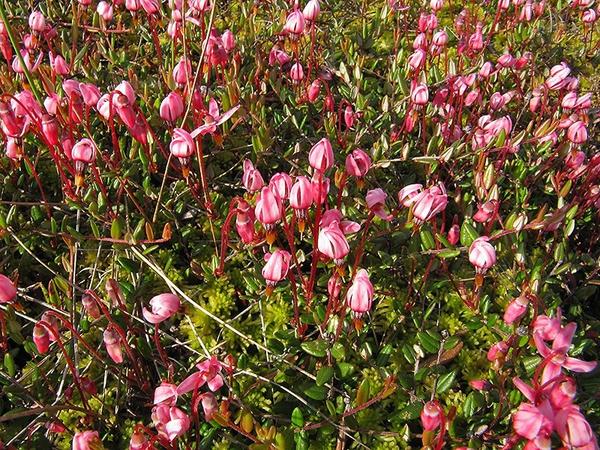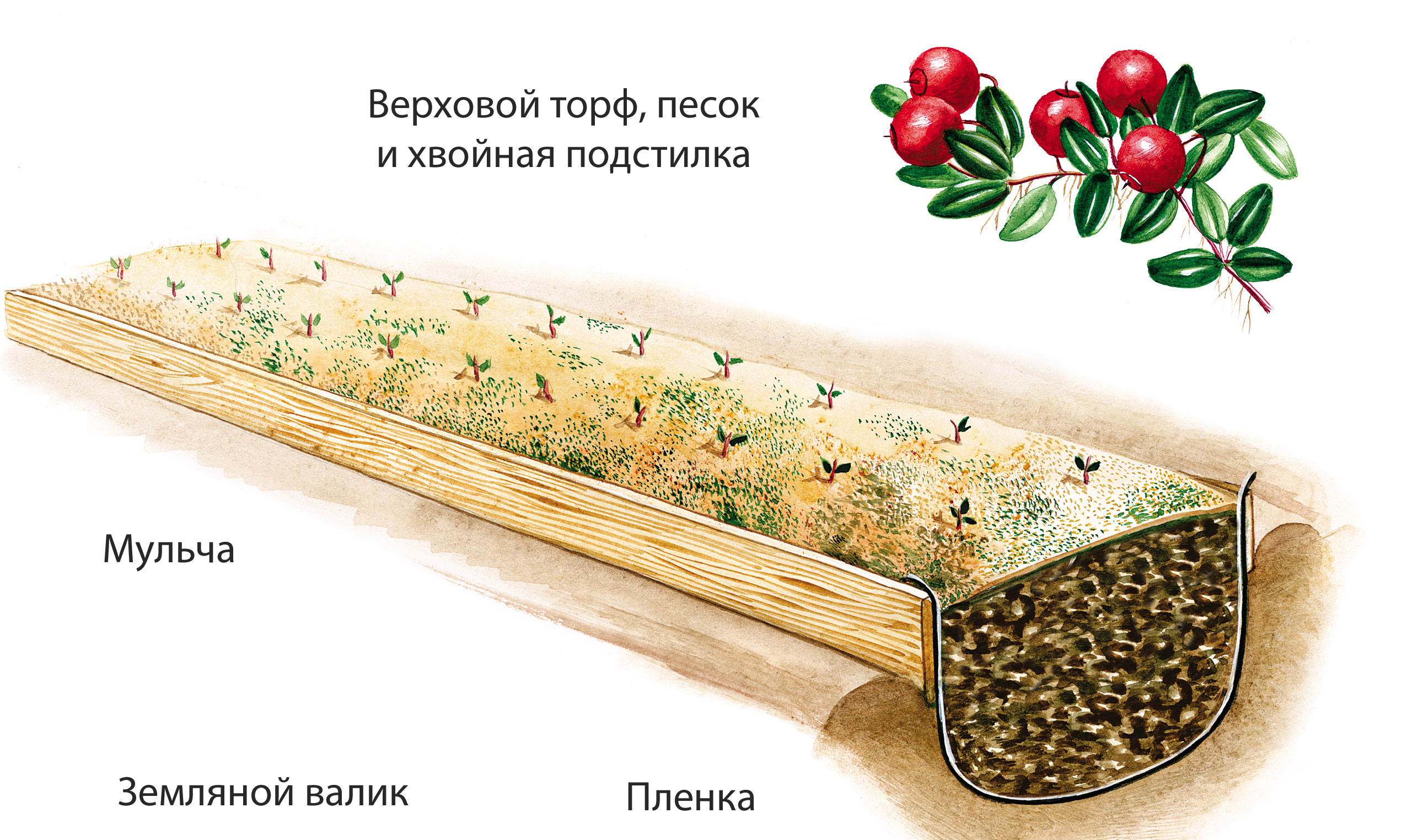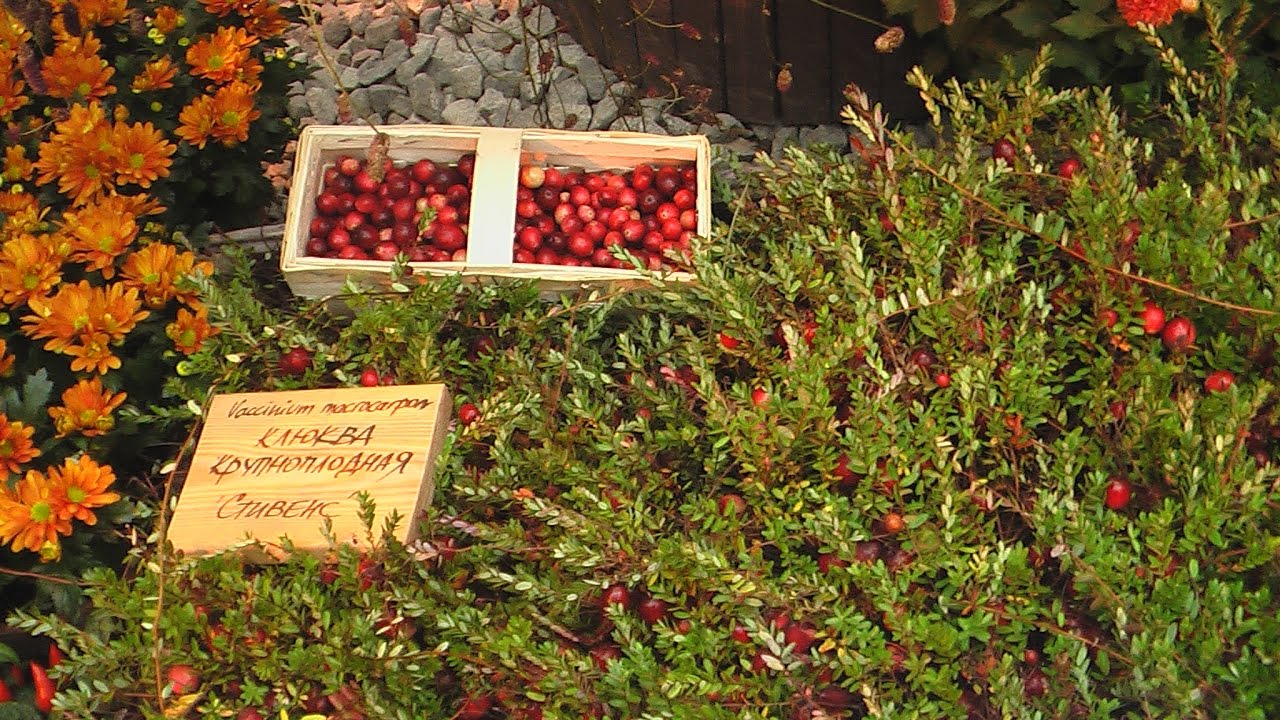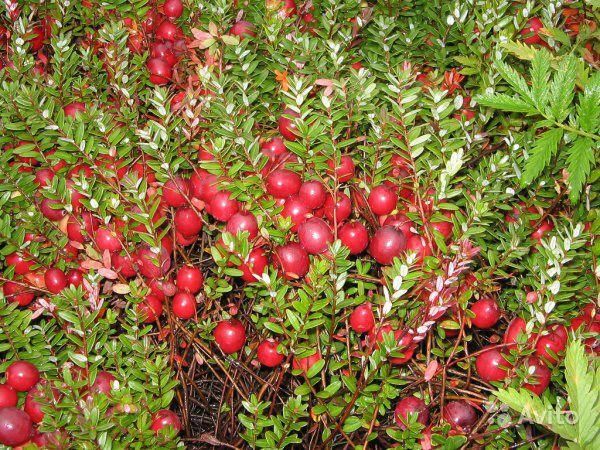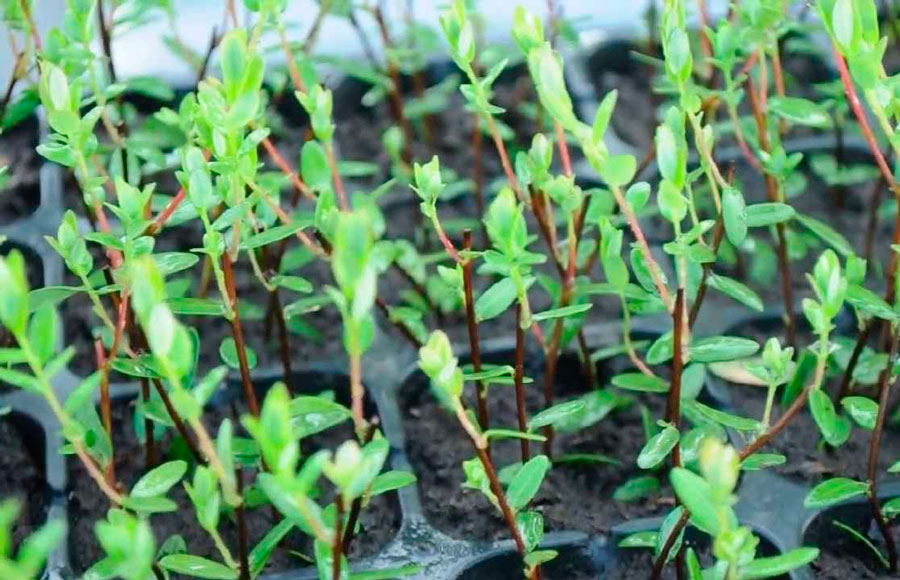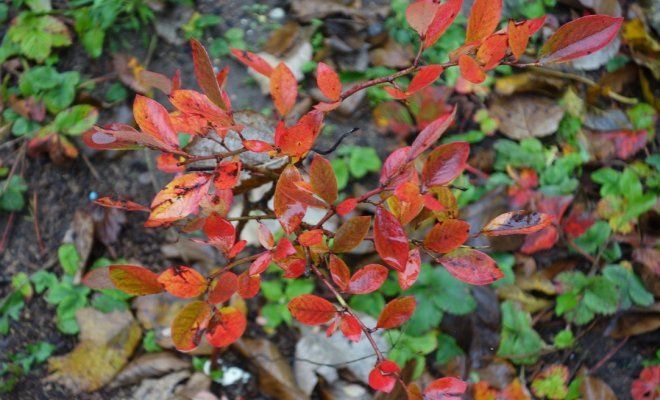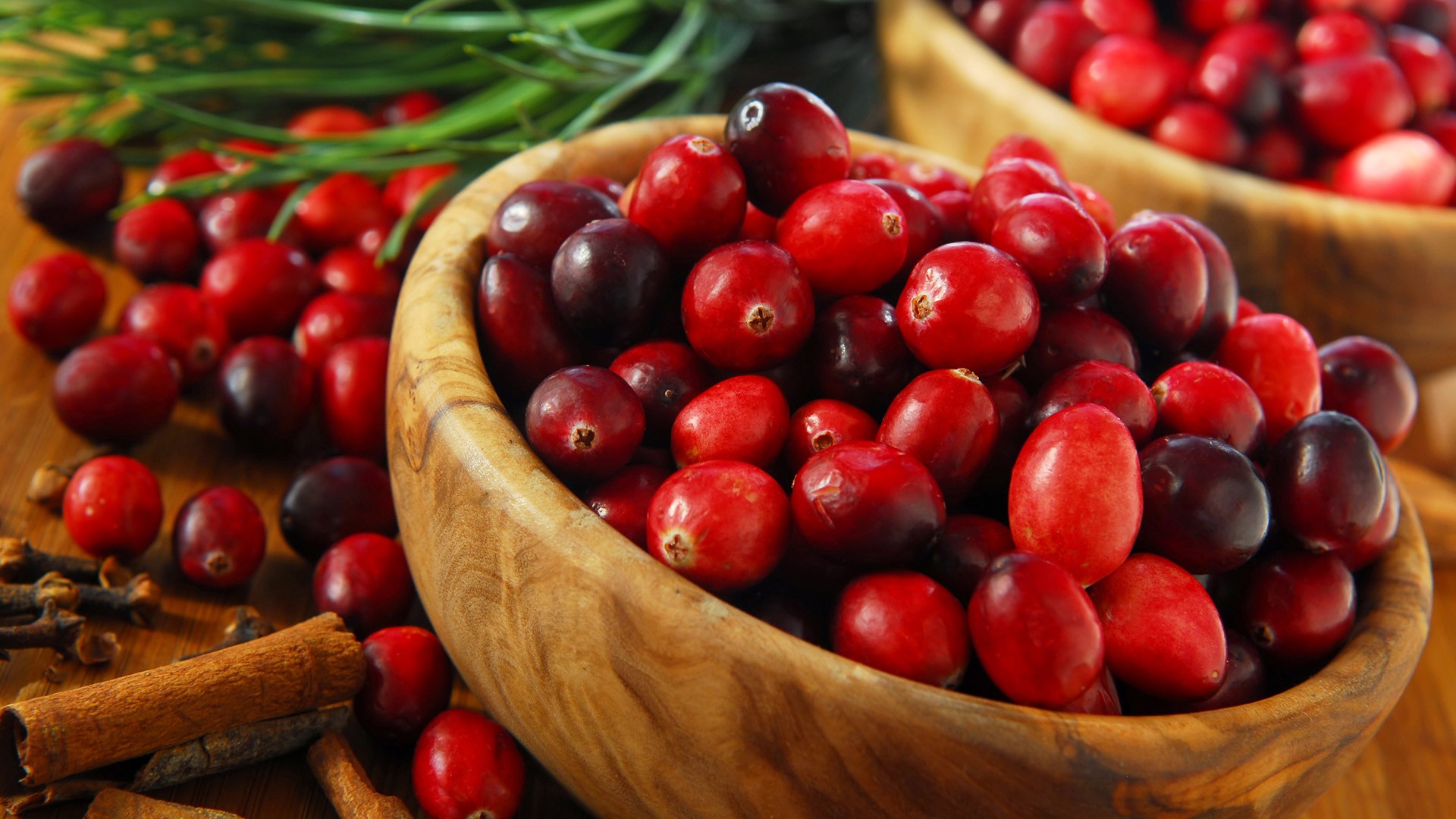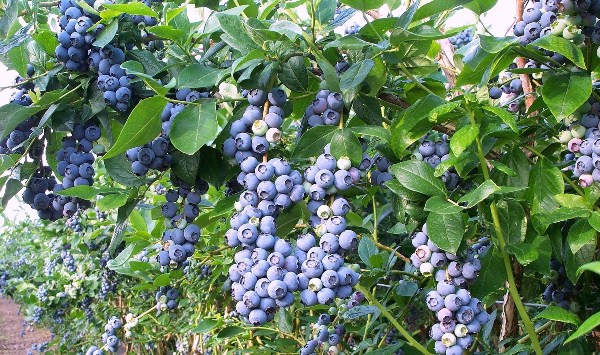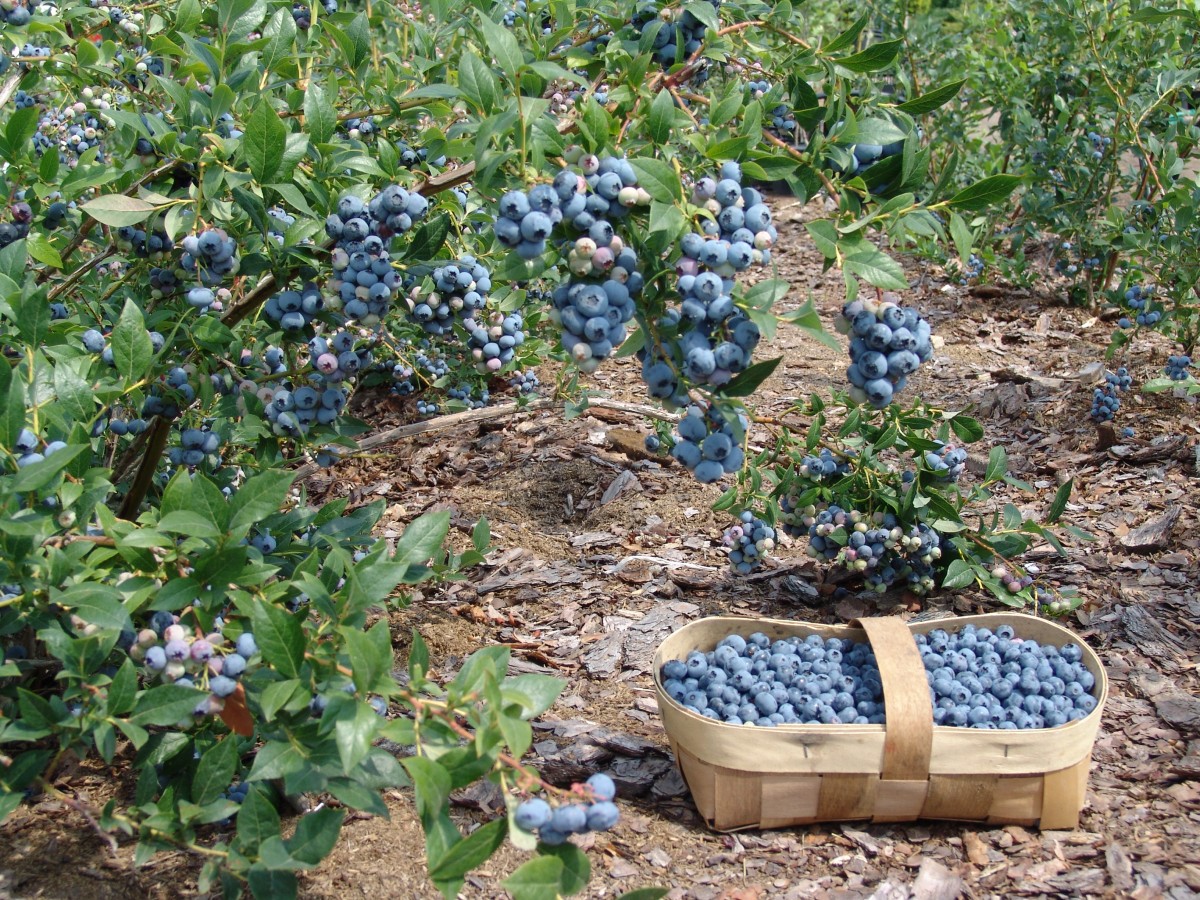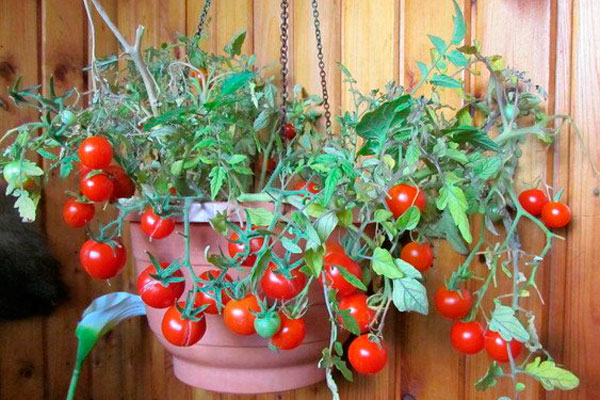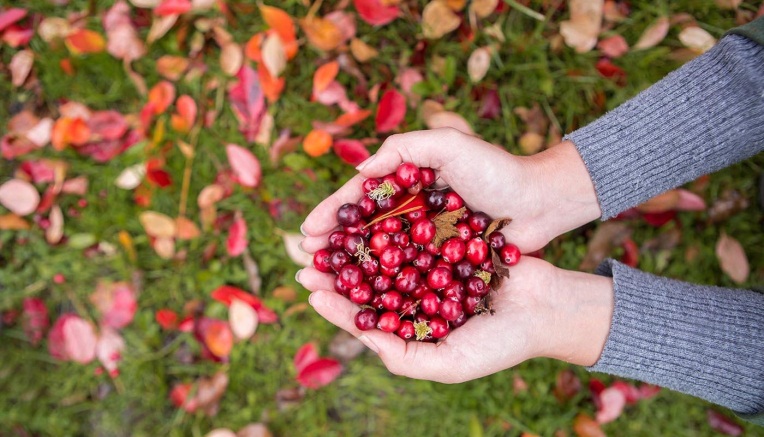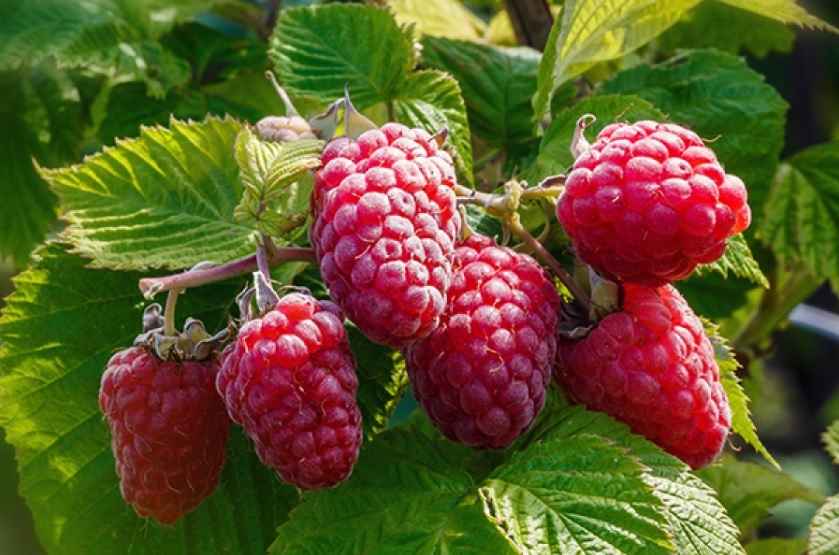Content:
A popular plant - garden cranberry, is a representative of the Lingonberry family. In the wild, the plant is found in the Northern Hemisphere of our planet. The word "cranberry" evokes associations with dense coniferous forests, rugged peat bogs, where small beads of a sharp sour taste redden on small islands of green vegetation.
If earlier you had to travel far into the forest for tasty and healthy berries, make your way through the jungle of thorny bushes, now with the cultivation of a garden variety of cranberries, many gardeners and summer residents can grow this useful berry in their backyards and summer cottages.
ABOUTwriting
The cranberry berry culture is known for its unique set of vitamins and nutrients that are so essential for the normal functioning of the human body. Therefore, many gardeners dream of starting their own cranberry source of vitamins in their garden and summer cottages. Therefore, so often questions arise, how to plant cranberries in your garden or cottage.
For the successful cultivation of wild berries in a garden or vegetable garden, it is necessary to create favorable conditions as close as possible to the natural growing environment. According to the botanical description of the plant, garden cranberries are similar to their natural close relative - forest and marsh berries growing in the wild:
- The plant is a small evergreen shrub up to 80 cm high with lodging branches and short erect shoots;
- Long, spreading branches can grow up to 1 meter, and straight shoots grow up to a small height - from 3 to 15 cm;
- The root system is superficial and lies at a depth of 5 to 15 cm;
- The stems of the cranberry bush are filiform with strong branching. In places with contact with the ground, plant stems can root themselves;
- The cranberry bush is covered with small leathery green leaves with a silvery bottom. The leaves are oblong-ovoid with a waxy, slightly glossy bloom. The life span of the upper foliage is 2-3 years, after which its gradual renewal occurs;
- Bloom. In late spring, you can admire the cranberries in bloom. Numerous small pale pink flowers, collected in clusters of inflorescences, are located at the tips of erect shoots;
- The pollination of the plant is cross, pollen is carried by various insects that feast on cranberry nectar;
- Ripe cranberries are usually dark red with juicy flesh. The sizes of the fruits of cultivated cranberries differ from the ordinary wild-growing "sister" in their large-fruited berries. The main difference: in garden varieties, the size of berries reaches from 15 to 25 mm in diameter, which is three times the size of marsh cranberries;
- Ripening of the garden variety occurs in mid-autumn.
Cranberries contain a large amount of beneficial fruit acids, which are of great importance for the normalization of human nutrition. The presence of benzoic acid in ripe fruits ensures excellent safety of the harvested crop. Berries slightly frost-bitten by the first frost are especially appreciated. All the useful and healing properties of the plant and the best taste are manifested in them to the maximum extent, but after defrosting the berries quickly lose their usefulness.
Landing features
Cranberry seedlings are planted in areas with sufficient moisture. Therefore, garden culture can be grown even in suburban dachas in the Moscow region.
Disembarkation dates
The agricultural technique of planting garden cranberries is slightly different from the usual. If almost all garden crops can be grown in early spring or autumn, then planting garden cranberries has its own nuances:
- Early spring. After the snow melts and the soil warms up to a depth of 10 cm, the optimal moment comes for planting seedlings;
- Autumn is not suitable for disembarkation. Usually, in September, gardeners begin to prepare the land for the spring planting of berries.
Landing place
It is recommended to grow garden cranberries in open, sunny areas, slight shading of plantings is allowed. If the shore of a lake or stream is chosen for the planting site, then in this case you can achieve a good harvest of cranberries. Do not forget about the natural features of the growth of this plant: high humidity and good illumination.
Soil requirements
The garden variety of cranberries is well planted on acidic soils with an acidity index of pH from 3.5 to 6.5. This soil acidity ensures maximum plant growth. For cultivation of cranberries, loamy and sandy loam soils are ideal, on which plants give a good harvest.
How to plant cranberries in the garden
Often novice gardeners who plant this crop for the first time do not know how to plant and propagate garden cranberries. There is not much difference in the agricultural technology of planting seedlings:
- First, a special bed is formed in the form of a trench, 30 cm deep;
- The seedlings are planted in small holes measuring 10 x 10 cm or 10 x 15 cm;
- The distance between the bushes of cranberry seedlings is minimized so that the growing shoots quickly cover the surface of the garden;
- The planted plants are watered abundantly with water and then mulched.
Fulfilling all of these planting features provides tangible benefits for growing a good harvest.
Flowering plant care
Planted small plants require careful maintenance:
- After planting in open ground, seedlings must be covered with PVC film. Plants are recommended to be kept closed until the growth of the lashes begins;
- As soon as lateral shoots 15-20 cm long appear, they are fixed with a wooden stick so that the plant does not "run away" beyond the boundaries of the allotted area;
- The berry bush must be watered in a timely manner.
During fruit setting, cranberries are fed with aqueous solutions of mineral fertilizers. Garden cranberry responds "gratefully" to watering with water with lemon and acetic acid.
There is a certain difference in the care of berry plants at different times of the year:
- Spring. In early spring, on the beds with cranberries, thinning of bushes and pruning of strongly regrown branches are done. The plant is cut so that three buds remain on the branch. As necessary, loosening of the soil is carried out for better air access to the root system. It should not be forgotten that the plant loves moist and nutritious soil;
- Summer. Caring for the cranberry tree in the summer consists in regular and abundant watering with acidified water. It is also necessary to promptly destroy weeds and loosen the soil;
- Fall. In the autumn months, the harvest of a generous cranberry harvest begins. You need to pick berries unripe. Full ripening will occur during storage of the crop.
As you can see from the description of care, garden cranberries are not difficult to breed, it is not difficult to care for, the plant is perfectly adapted for growing in gardens and vegetable gardens.
Reproduction methods
You can propagate garden cranberries in two ways: planting seedlings and seeds. Planting with seedlings is a well-known agrotechnical technique used by the vast majority of amateur gardeners.
Seed propagation is carried out for the selection of varietal material.To do this, seeds are extracted from ripe berries and sown in paper cups with nutritious soil. After two weeks, the first shoots appear, then the grown tiny plants dive in the phase of 4-5 leaves and are planted in greenhouses at a distance of 10 cm. Cranberry young growth is fed every two weeks throughout the spring and two summer months. In August, the protective covering of the greenhouse is removed. Plants remain outdoors, and in the fall the seedlings are mulched with a layer of peat and covered with foil for the winter.
Diseases and pests
The most dangerous berry diseases:
- Red spot. This fungal disease can cause great harm to the plant. In an infected bush, shoots die and deform. You can fight this scourge with the help of the drugs Fundazol and Topsin-D;
- Fomopis. This disease causes cranberry tips to dry out without a wilting phase. Any drug from the fungicide series will help fight this disease;
- Black rot. It affects cranberries. Control measures - use of copper oxychloride;
- Snow mold. If the plant is not promptly treated for this harmful and destructive disease, then it can destroy the entire shrub. For prevention, garden cranberries are sprayed with Fundazole solution.
For the prevention of diseases in the spring, during the period of swelling of the kidneys, plants are treated with Azophos. During the setting of buds, it is recommended to treat the cranberry plantings with Horus on a weekly basis, and after harvesting the berry plant is sprayed with a 1% solution of Bordeaux mixture.
Such simple measures will help protect cranberries from diseases and pests. At the end of the season, a grateful healthy garden cranberry plant will generously present its owners with a rich and abundant harvest of berries, which will be the biggest reward for gardeners for their hard work.
